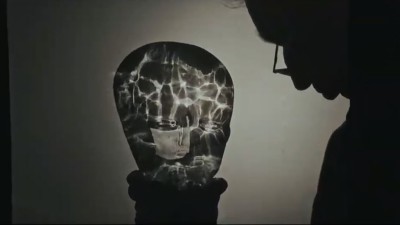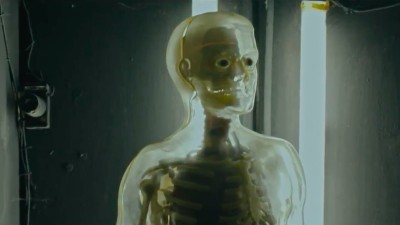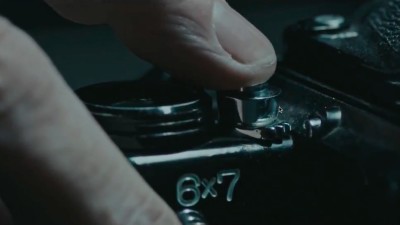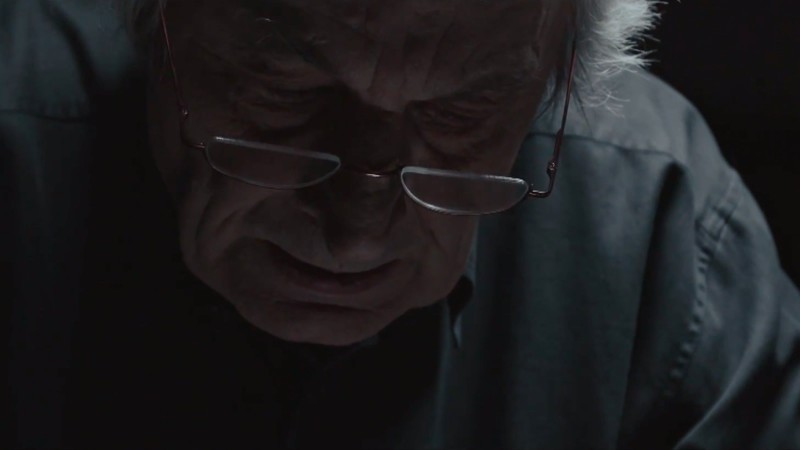In the darkness of his laboratory, Patrick Bailly-Maître-Grand, an ex-physicist once a painter, strives to marry shadow and light.
About
SynopsisIn the darkness of his laboratory, Patrick Bailly-Maître-Grand, an ex-physicist once a painter, strives to marry shadow and light.Attached to the notion of the object, this talented tinkerer explores the universe of analogue photography, revealing its inexhaustible riches.
The artist
Patrick Bailly-Maître-Grand was born in 1945 in Paris.
A photographer, he lives and works in Strasbourg.
He is represented by the Baudoin Lebon Gallery in Paris.
Technical data
| Director | Jean-Marc Gosse |
| Cinematographer | Eric Genillier |
| Editor | Isabelle Pires |
| Music Composer | Jean Ledoux |
| Duration | 06:31 |






